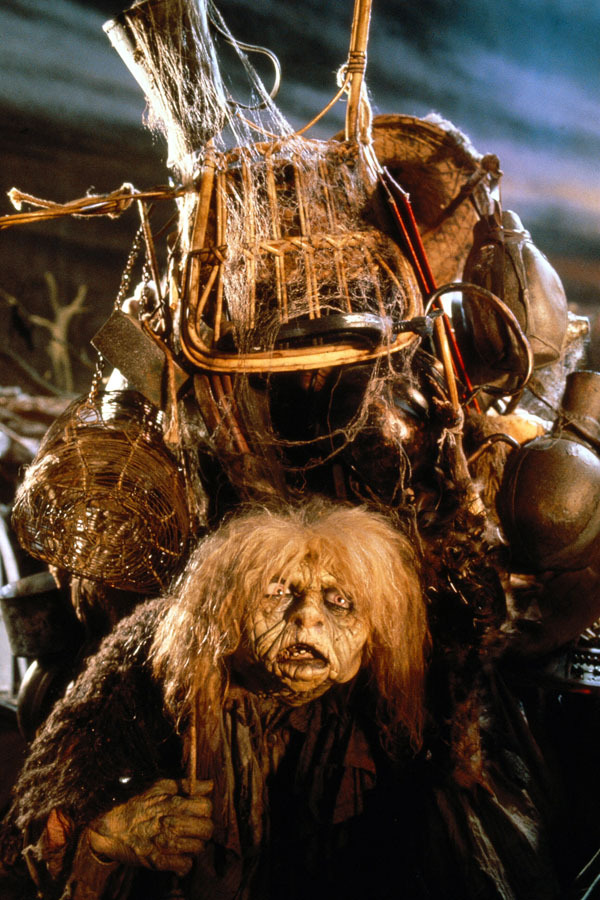Owl
Genus and species:
Tyto alba
Collective Term:
A parliament of owls
Careers and Hobbies
Bank manager
Judge
Diplomat
Head of state
Reading
Debating
Chess
Philosophy
Famous Owls
Nelson Mandela
Oprah Winfrey
Abraham Lincoln <
The owl is the tranquil face of the bird personalities. A creature
of great integrity, its quiet demeanor accords it an air of mystery and
diffidence. It is known as the serene, wise observer of human society.
Always well groomed, it is a noble individual with elegantly chiseled
features that border on the fine edge of beauty and homeliness. Its
large eyes are often framed by handsome eyeglasses.
Owls have developed quite a reputation for intelligence, but it's
really their calm and insightful nature that gives this impression.
Instead of an intellectual approach to life they use their deeper
spiritual senses to guide them, and like their nocturnal cohorts, the
bats, have a deeply philosophical bent.
Spending much of their time in solitary pursuits, owls like to
hole up in a quiet working environment and venture out only when
necessary. They are not a playful creature. Only engaging in exercise
and sport in order to keep physically fit, they avoid the more
gregarious animal personalities like dogs, dolphins, and sea lions.
Owls are not without their assertive side however, and they won't
hesitate to use their razor-sharp tongue to settle an argument. Never
the aggressor in a confrontation, they fight only when their survival or
honor is at stake and have no desire for a prolonged or physical
struggle. Owls espouse nonviolence, think logically, and argue
persuasively.
As an astute observer of human nature, owls are eminently suited
to be judges or diplomats. Their trustworthiness and dependability find
them in positions of responsibility, perhaps as bank managers, heads of
state, or religious leaders. A conscientious worker, an owl takes
responsibilities seriously, and when it accepts the burden of public
office it does so with the grace and skill typical of the species.
With an enormous capacity for hard work, owls achieve great things
in almost any field they choose. This success doesn't always translate
into financial rewards, but invariably satisfies their need to impart
their wisdom to others.



























